
In this episode, we take a closer look at the effect of novelty in human-robot interaction. Novelty is the quality of being new or unusual.
The typical view is that while something is new, or “a novelty”, it will initially make us behave differently than we would normally. But over time, as the novelty wears off, we will likely return to our regular behaviors. For example, a new robot may cause a person to behave differently initially, as its introduced into the person’s life, but after some time, the robot won’t be as exciting, novel and motivating, and the person might return to their previous behavioral patterns, interacting less with the robot.
To find out more about the concept of novelty in human-robot interactions, our interviewer Audrow caught up with Catharina Vesterager Smedegaard, a PhD-student at Aarhus University in Denmark, whose field of study is Philosophy.
Catharina sees novelty differently to how we typically see it. She thinks of it as projecting what we don’t know onto what we already know, which has implications for how human-robot interactions are designed and researched. She also speaks about her experience in philosophy more generally, and gives us advice on philosophical thinking.
Catharina Vesterager Smedegaard
 Catharina Vesterager Smedegaard started as a PhD-student the 1st of December 2017. She has a BA and MA in philosophy. In autumn 2015, Catharina interned at the research group PENSOR (the present RUR), where she first became interested in Social Robotics and formed the idea for her MA thesis.
Catharina Vesterager Smedegaard started as a PhD-student the 1st of December 2017. She has a BA and MA in philosophy. In autumn 2015, Catharina interned at the research group PENSOR (the present RUR), where she first became interested in Social Robotics and formed the idea for her MA thesis.
Links

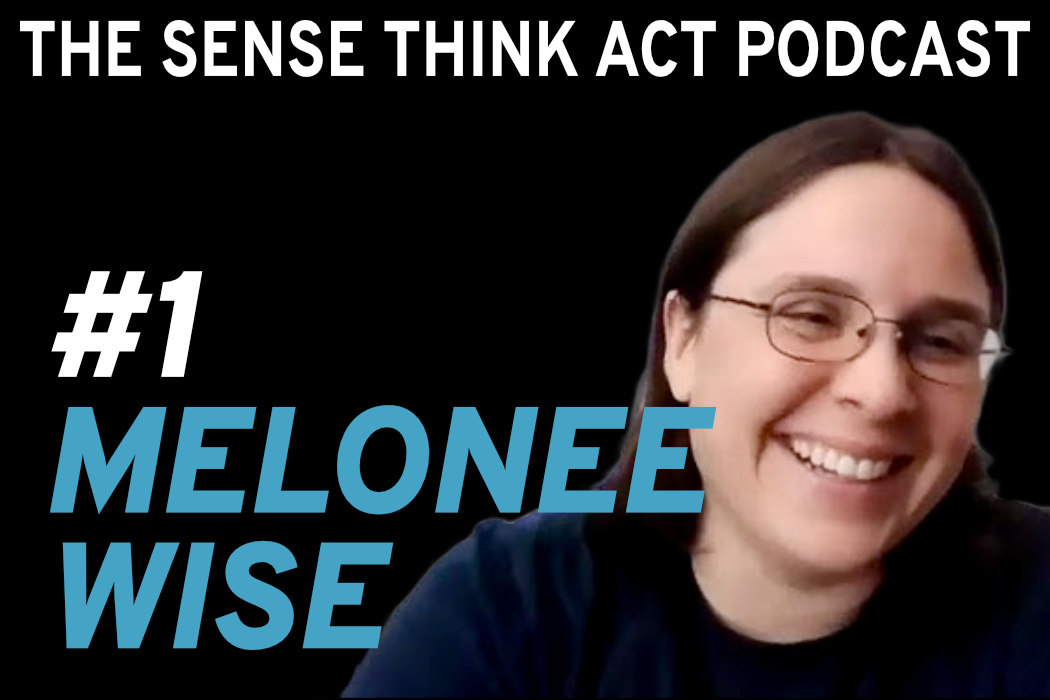
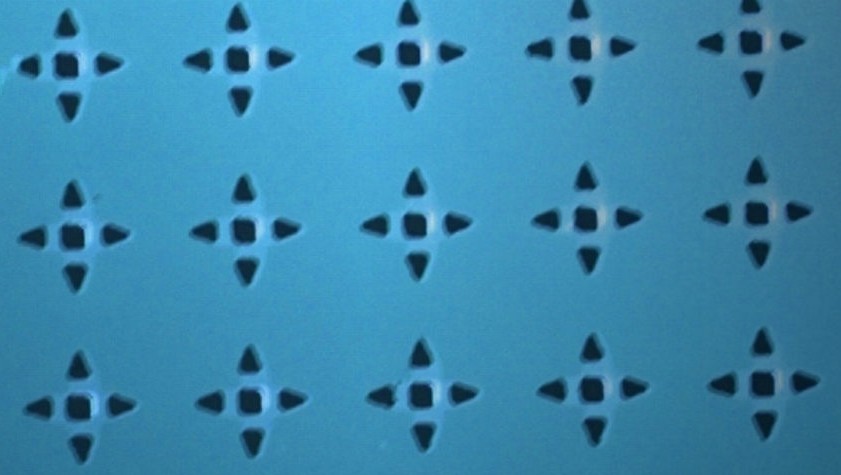

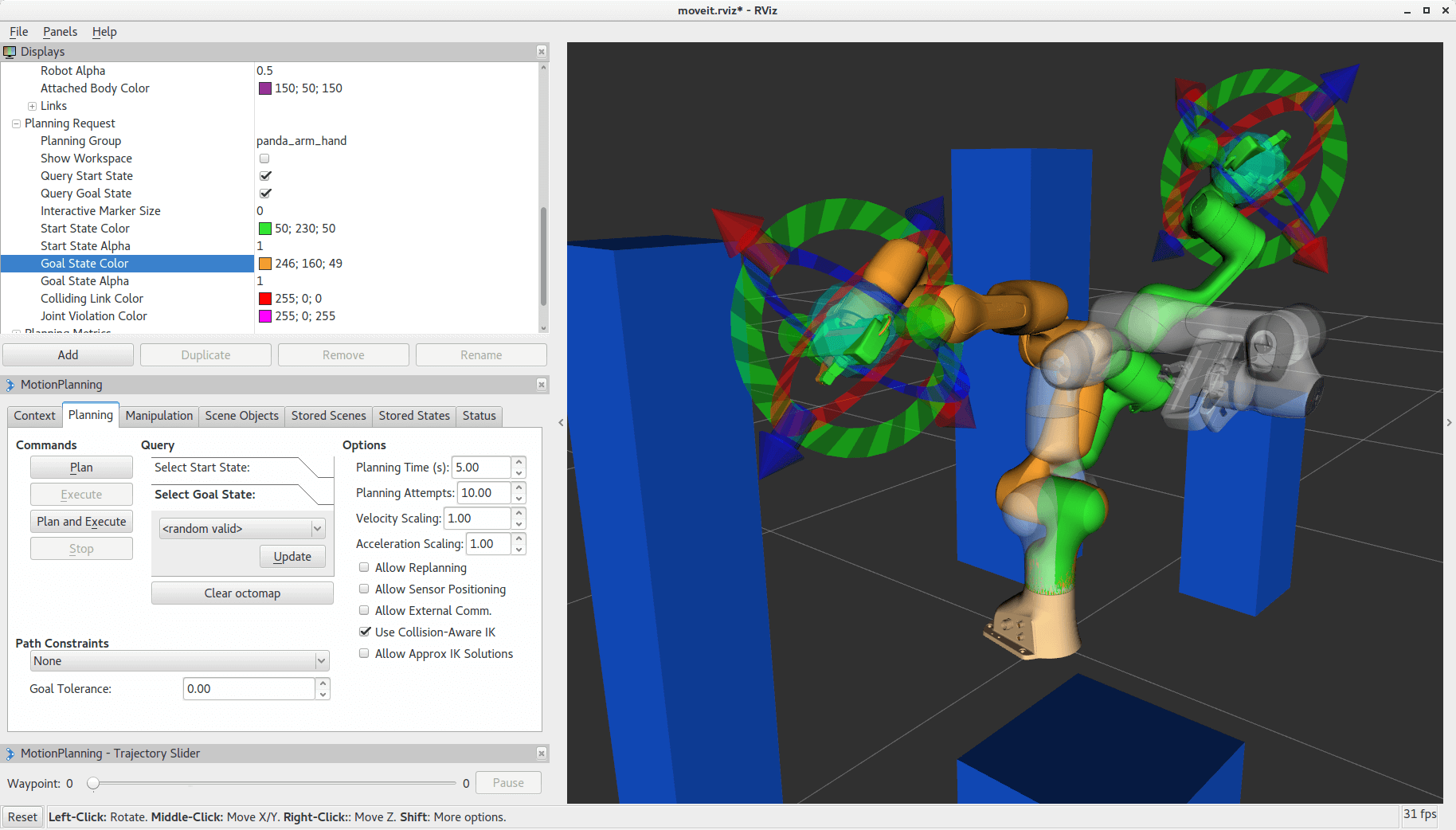
 Dave Coleman completed his PhD in Computer Science at CU Boulder focusing on motion planning and his B.S. at Geogia Tech in Mechanical Engineering. Coleman has 12 years experience working in the field of robotics automation and is a leader in the open source MoveIt and ROS communities. His insights into robot-agnostic platforms for different morphologies, theoretical approaches, and different end-user requirements give him a well-rounded understanding for powerful robotic software. He has worked and consulted for all types of robotics companies including Google Robotics, Open Robotics, and Willow Garage.
Dave Coleman completed his PhD in Computer Science at CU Boulder focusing on motion planning and his B.S. at Geogia Tech in Mechanical Engineering. Coleman has 12 years experience working in the field of robotics automation and is a leader in the open source MoveIt and ROS communities. His insights into robot-agnostic platforms for different morphologies, theoretical approaches, and different end-user requirements give him a well-rounded understanding for powerful robotic software. He has worked and consulted for all types of robotics companies including Google Robotics, Open Robotics, and Willow Garage.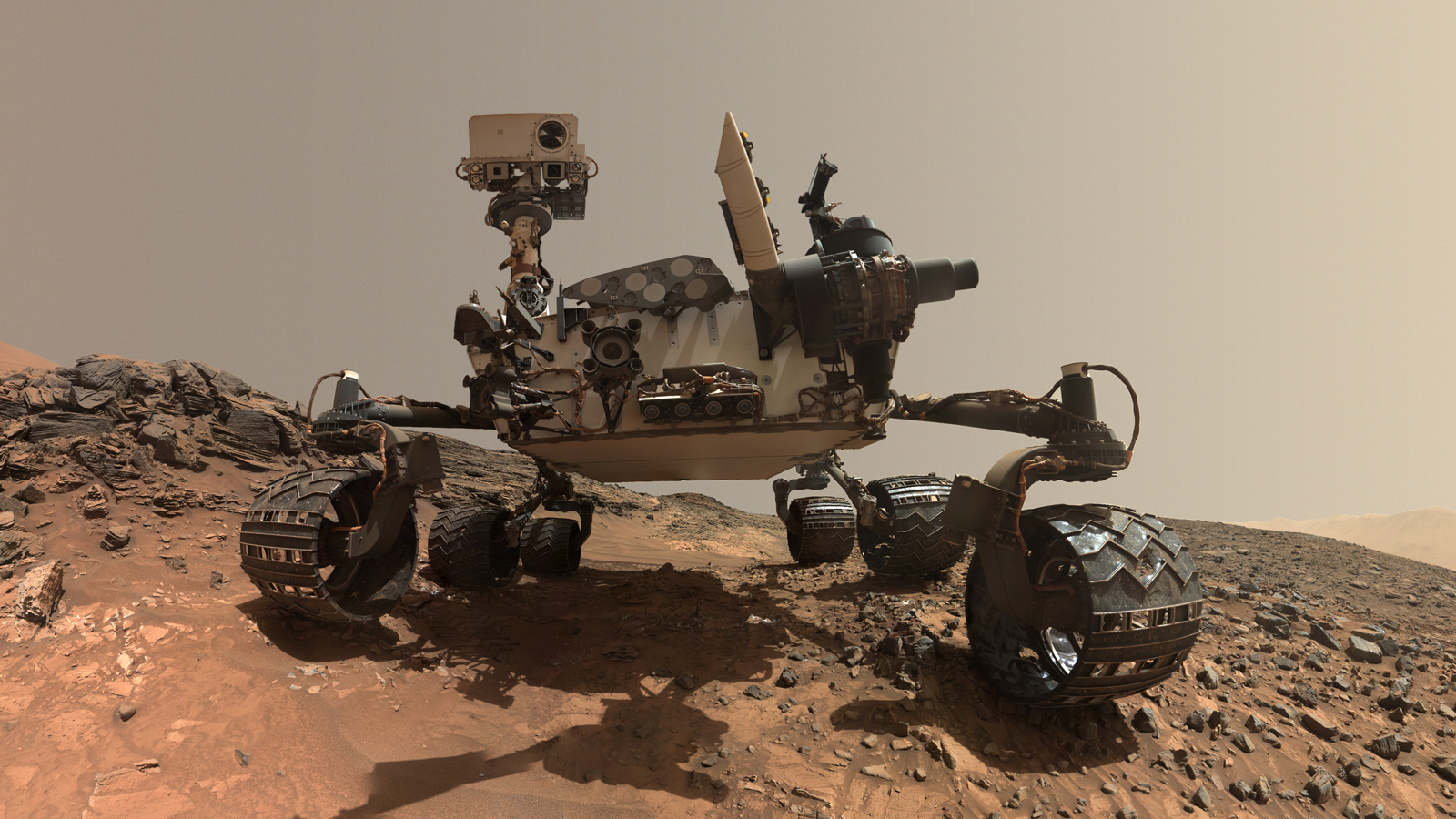


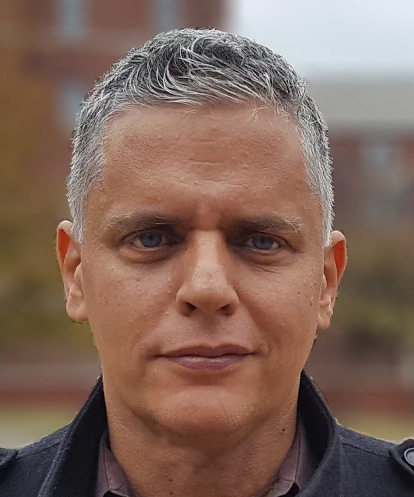

 Catharina Vesterager Smedegaard started as a PhD-student the 1st of December 2017. She has a BA and MA in philosophy. In autumn 2015, Catharina interned at the research group PENSOR (the present RUR), where she first became interested in Social Robotics and formed the idea for her MA thesis.
Catharina Vesterager Smedegaard started as a PhD-student the 1st of December 2017. She has a BA and MA in philosophy. In autumn 2015, Catharina interned at the research group PENSOR (the present RUR), where she first became interested in Social Robotics and formed the idea for her MA thesis.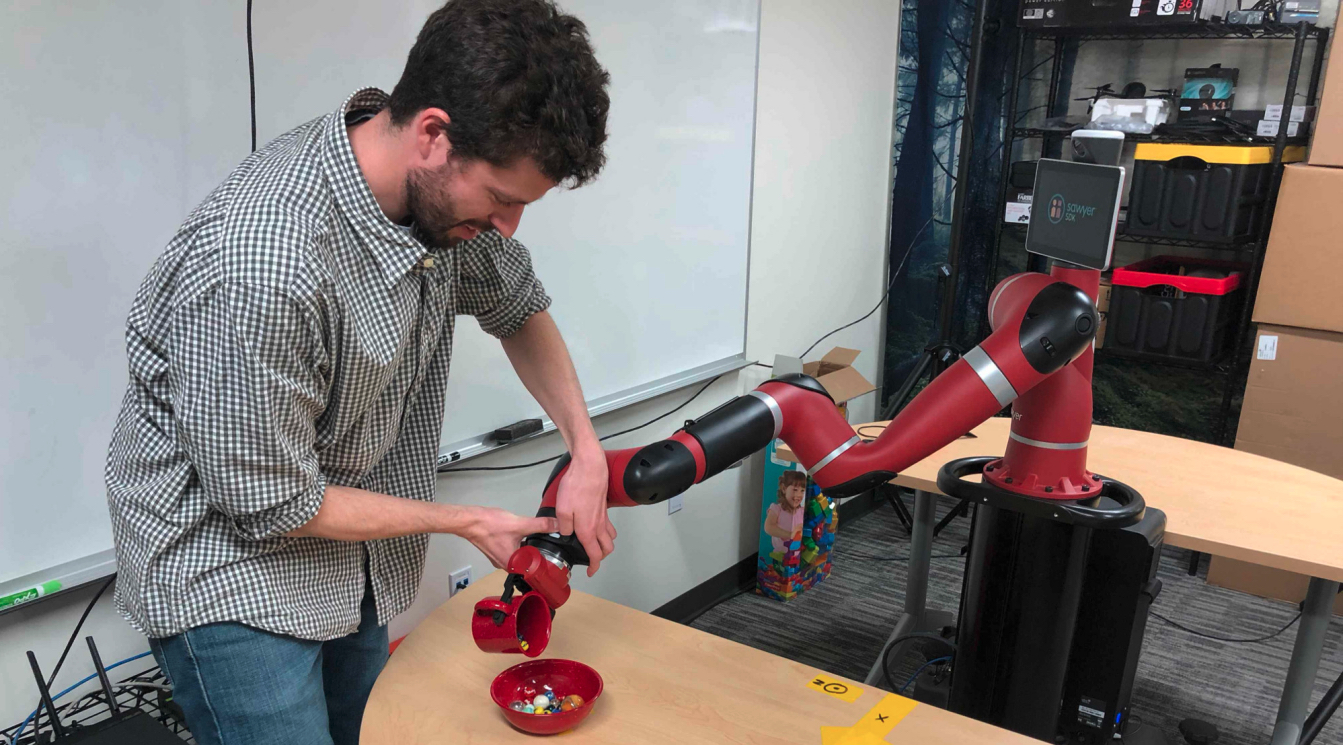



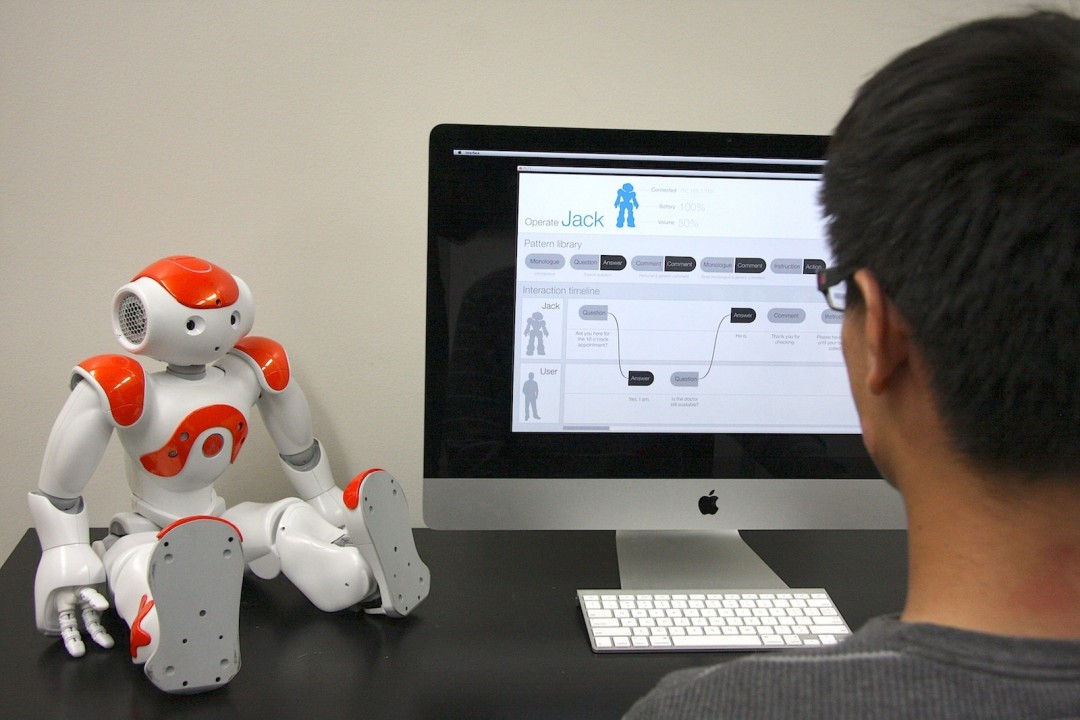
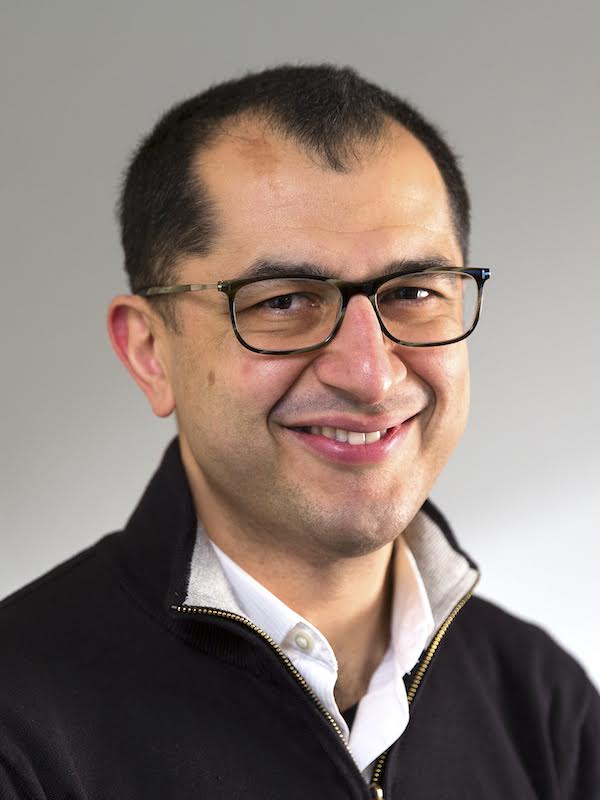 Bilge Mutlu is an Associate Professor of Computer Science, Psychology, and Industrial Engineering at the University of Wisconsin–Madison. He directs the Wisconsin HCI Laboratory and organizes the WHCI+D Group. He received his PhD degree from Carnegie Mellon University‘s Human-Computer Interaction Institute.
Bilge Mutlu is an Associate Professor of Computer Science, Psychology, and Industrial Engineering at the University of Wisconsin–Madison. He directs the Wisconsin HCI Laboratory and organizes the WHCI+D Group. He received his PhD degree from Carnegie Mellon University‘s Human-Computer Interaction Institute.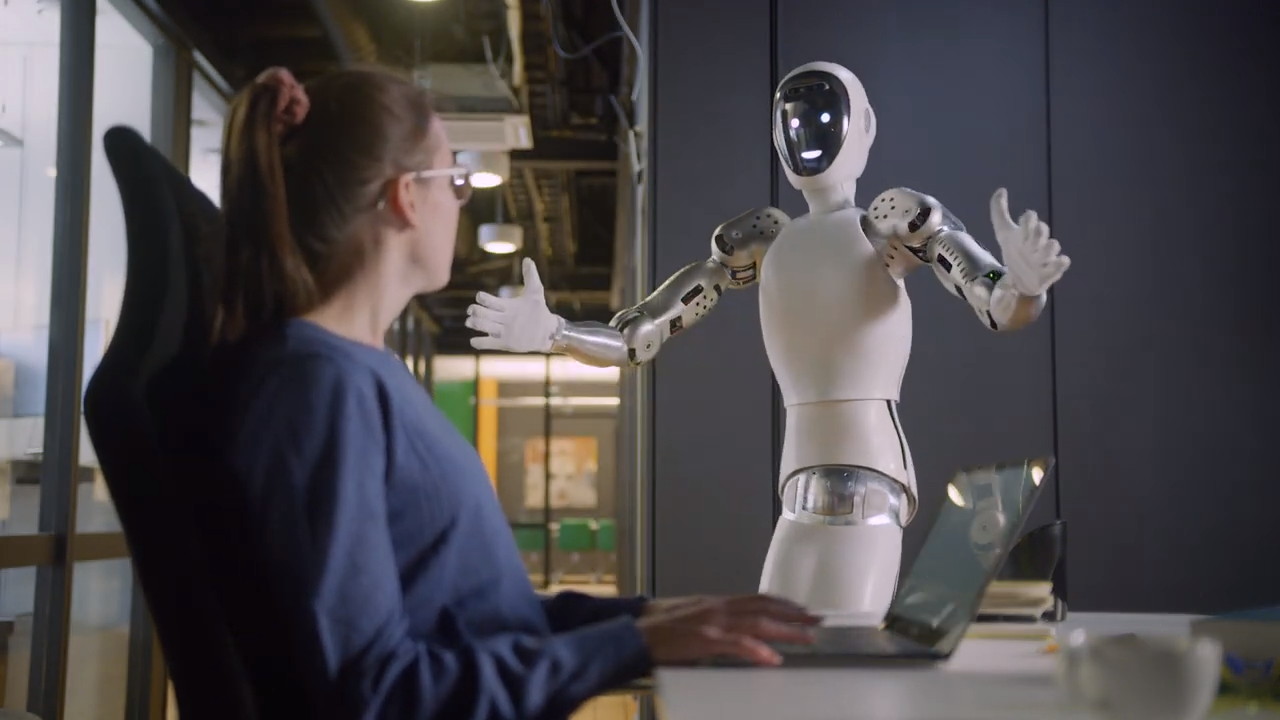
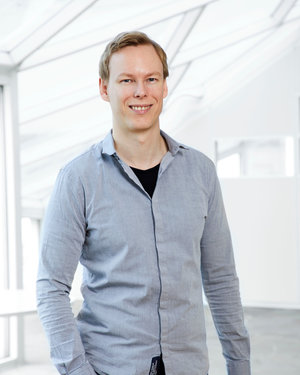

 Dylan Glas is a Senior Robotics Software Architect at Futurewei Technologies, a research division of Huawei in Silicon Valley. He was previously a senior researcher in social robotics at Hiroshi Ishiguro Laboratories at ATR and a Guest Associate Professor at the Intelligent Robotics Laboratory at Osaka University. He was the chief architect for the ERICA android in the ERATO Ishiguro Symbiotic Human-Robot Interaction Project. His research interests include social human-machine interaction, ubiquitous sensing, network robot systems, teleoperation for social robots, and machine learning.
Dylan Glas is a Senior Robotics Software Architect at Futurewei Technologies, a research division of Huawei in Silicon Valley. He was previously a senior researcher in social robotics at Hiroshi Ishiguro Laboratories at ATR and a Guest Associate Professor at the Intelligent Robotics Laboratory at Osaka University. He was the chief architect for the ERICA android in the ERATO Ishiguro Symbiotic Human-Robot Interaction Project. His research interests include social human-machine interaction, ubiquitous sensing, network robot systems, teleoperation for social robots, and machine learning.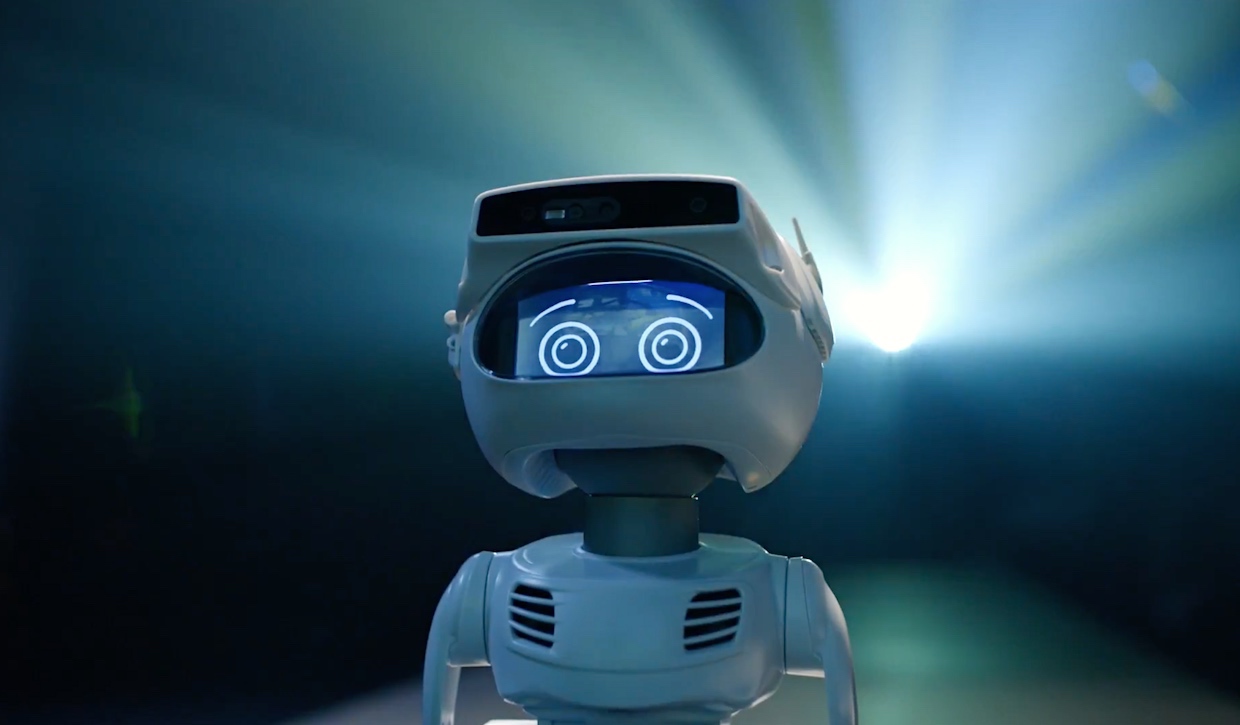
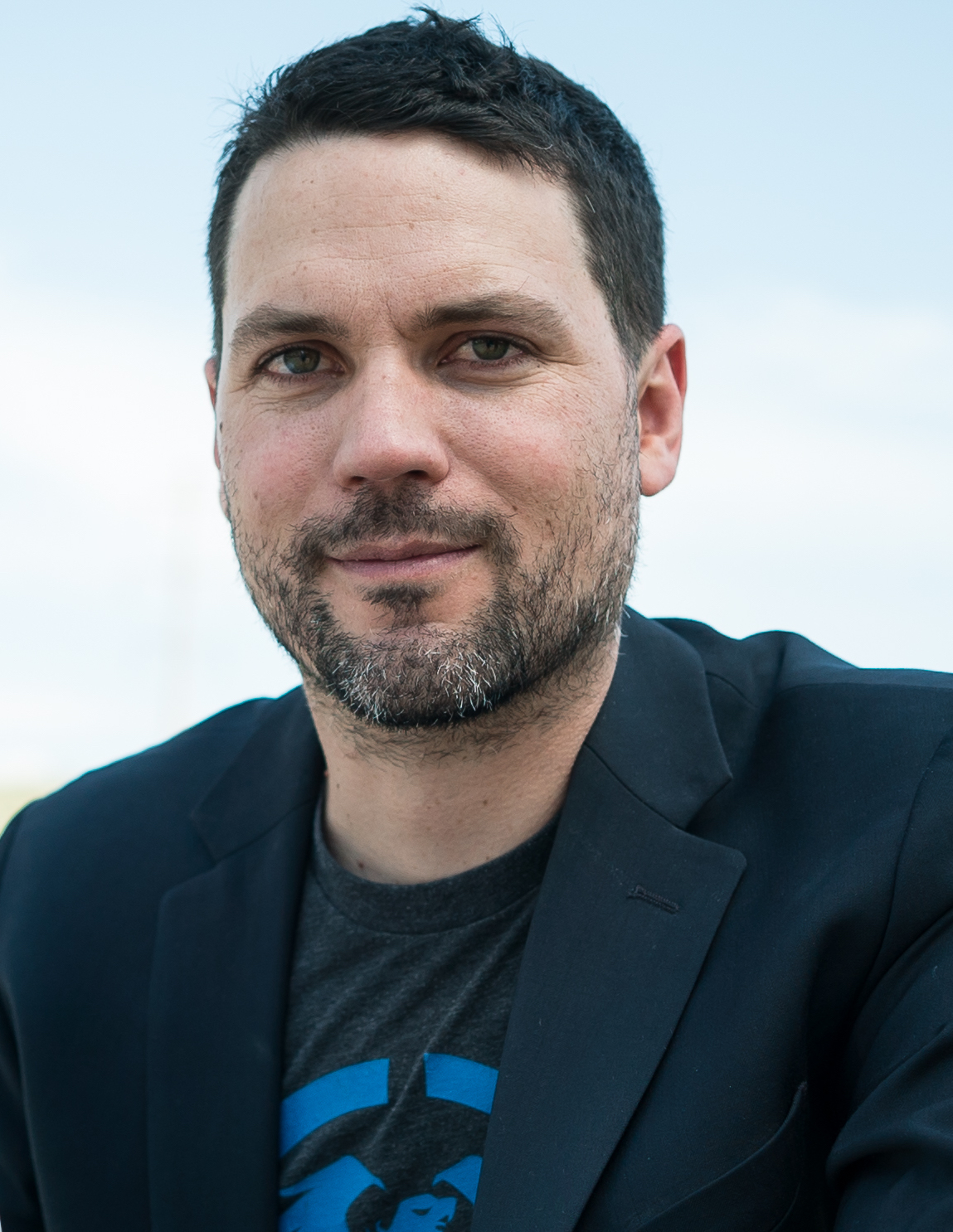 Ian Bernstein is Founder and Head of Product at Misty Robotics, a spin-off company from Sphero, Inc. focused on building personal robots for the home and office. In this role, Bernstein leads Misty Robotics’ product development and design. Prior to Misty Robotics, Bernstein served as Founder and Chief Technology Officer at Sphero, Inc. that has shipped more than 3 million robots to date. Bernstein joined TechStars in 2010 with Sphero co-founder Adam Wilson and created Sphero, the original app-enabled robotic ball. Bernstein has had a lifelong passion for robotics and creation and has been building robots since he was 12. Ian holds a BS in Electrical and Electronics Engineering from Colorado State University.
Ian Bernstein is Founder and Head of Product at Misty Robotics, a spin-off company from Sphero, Inc. focused on building personal robots for the home and office. In this role, Bernstein leads Misty Robotics’ product development and design. Prior to Misty Robotics, Bernstein served as Founder and Chief Technology Officer at Sphero, Inc. that has shipped more than 3 million robots to date. Bernstein joined TechStars in 2010 with Sphero co-founder Adam Wilson and created Sphero, the original app-enabled robotic ball. Bernstein has had a lifelong passion for robotics and creation and has been building robots since he was 12. Ian holds a BS in Electrical and Electronics Engineering from Colorado State University.